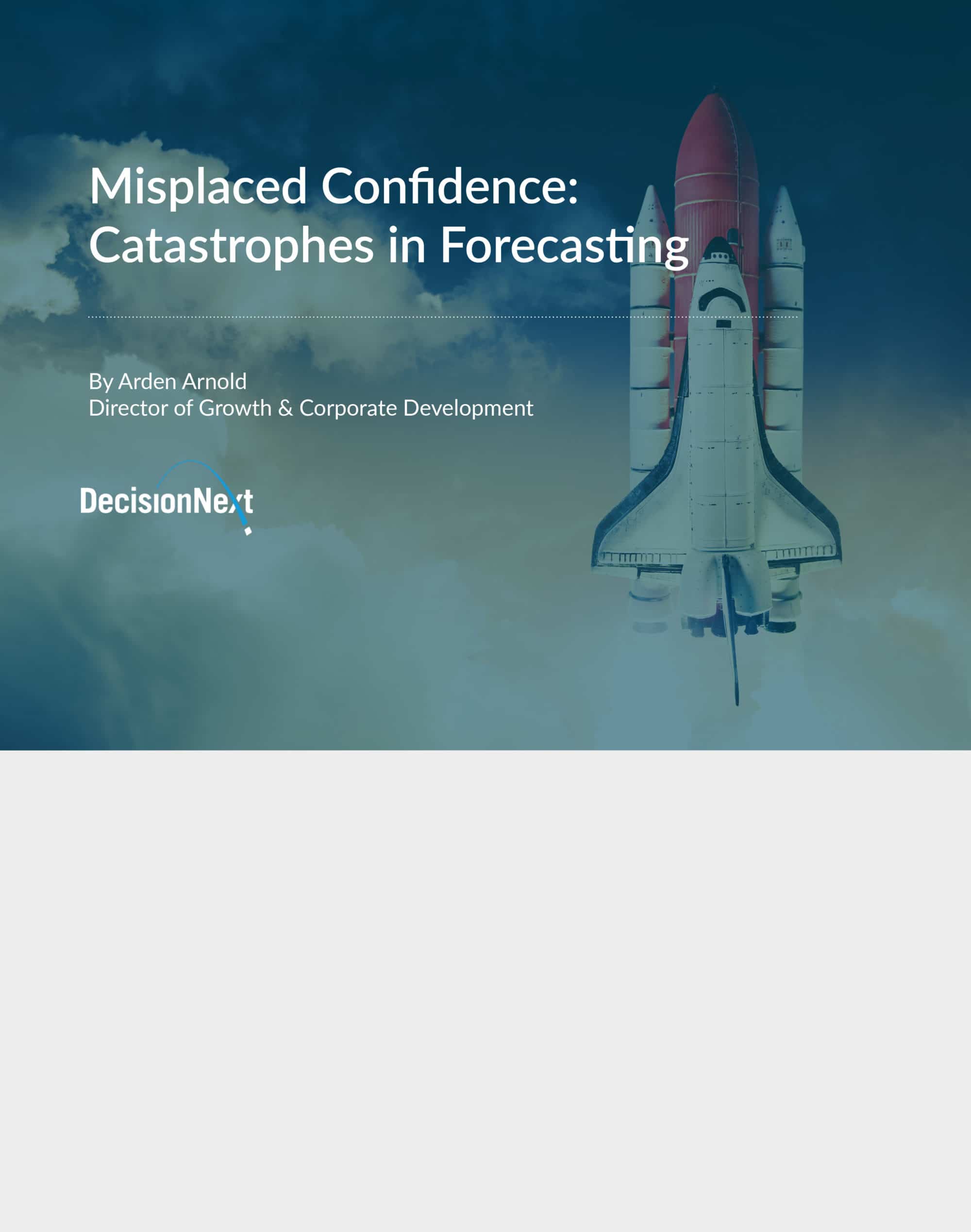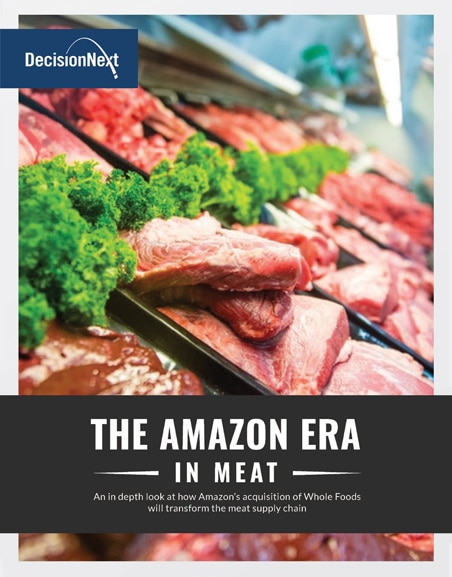In today’s data-driven world, there’s more access to information than ever before. Maybe even too much.
Take the domestic meat industry for example where the landscape has shifted dramatically, especially since the USDA began tracking volume and price on every ribeye and strip loin under the 1999 Livestock Mandatory Reporting Act. The sheer amount of data is staggering. And it’s only in the past decade, with advancements in technology and analytics, have we been able to truly harness this information.
AI and sophisticated algorithms now help businesses sift through vast data sets. Sure, they can quickly identify key drivers, enabling you to make smarter, faster decisions. But bigger doesn’t always translate to better. The important thing is to be able to filter and put your fingers on the data that really matters. The old “reliable,” tried-and-true methods just don’t cut it in today’s fast-paced, volatile markets.
In a recent article, McKinsey & Company aptly noted how AI and data are transforming procurement. This is especially true in commodity industries that are vulnerable to supply chain shocks and seasonality. A lot of companies are still grappling with making sense of the data and adopting tech at a glacial pace. But the businesses who embrace this revolution will be better equipped to reduce risks and maximize profit margin.
Navigating this new era is easier said than done. The McKinsey & Company article is a veritable treasure trove of insights, but the DecisionNext team wanted to highlight a few key takeaways—along with some further advice. All to help you take the steps you need to make the most out of the ever-advancing technology and data—and make smarter business decisions.
1. Don’t Underestimate the Strategic Role of Data in Procurement
In the McKinsey & Company article, they talk about how procurement sits at the confluence of data flowing from within the organization (for example, spend, demand patterns, specifications) and from external sources (suppliers, market insights databases, and the wider web). This intersection is pivotal for improving margins within and against the market
Data and AI are transforming procurement with deeper insights and far more accurate forecasts. This transformation enables better decision-making and enhances value creation. Mastering the data will empower procurement teams to achieve strategic objectives that go far beyond traditional cost, quality, and delivery metrics.
For example, a recent DecisionNext case study in the food and agriculture sector reveals how outdated rules of thumb can mislead procurement strategies. Conventional wisdom and experience predictably suggest buying wholesale ribeyes based on seasonality in July, for delivery 4 or 5 months later, for the lowest price and highest gross profit. But not this year. Contrary to the rule of thumb, waiting to buy in August would have resulted in a higher profit margin. And waiting until early September would have yielded an even greater margin.
DecisionNext offers a leading AI platform that helps companies buy or sell commodities at the right time. It lets you put all of your information into one equation, use a best-in-class forecast, and easily adjust costs—and hidden costs—efficiently. It’s a powerful next-gen AI tool that equips teams to actually run the math and move beyond traditional methods and make more informed, more profitable decisions.
2. Focus on the Right Projects for Success
Another key takeaway from the McKinsey piece hammers on how data and AI aren’t some kind of magical solution that can solve any issue. We agree. The reality is that AI isn’t always the best solution. For every success story with AI, there are dozens of projects that waste a ton of money or just get swept under the rug when results are lacking.
A lot of procurement teams really struggle to become data-driven. There are either problems with data quality, access, or convincing stakeholders of the benefits of new technologies. To address these challenges, the article recommends teams zero in on use cases and build a solid data infrastructure. At DecisionNext, we couldn’t agree more. That’s why we tell our customers it’s crucial to ensure that AI solutions are the right fit for the problem you’re trying to solve.
Our two-part series on AI technology for market forecasting addresses these issues. Part one explores how effectively to consume AI insights, while Part two explains how to make these insights useful and repeatable. Together, these resources offer valuable guidance that vastly improves your visibility into forecast drivers, so you stay ahead of market developments and make better, more informed decisions.
3. Build a Strong Foundation to Fuel Your Strategy
In the article, McKinsey describes how a well-organized data platform and the right information are vital for effectively leveraging the power of data and AI. Without a strong data foundation, even the most advanced AI tools can fall short. And that means the right opportunities can pass you by.
However, when you use them correctly, the rewards are huge.
One of our mining customers, for example, faced a challenge where their operation had grown increasingly complex and they were having a tough time finding the best time window to sell iron ore on the spot market. These decisions were complex and had significant financial implications. To make matters tougher, decision makers didn’t have the time or tools required to determine the best option.
The producer needed a simple, straightforward solution.
So their team turned to DecisionNext’s AI-driven forecasting platform. It gave them the power to optimize the point of sale of their cargo, helping them set up 10 different deal structures based on where to sell and when to sell the product – all refreshed with the click of a button. As a result, they were able to maintain their competitive edge by boosting their profit by 2.5% – 4.5% on each transaction. Check out the full case study here.
Conclusion: A New Era in Procurement Has Arrived—and It’s Here to Stay
Businesses that embrace today’s data-driven revolution gain a serious edge. By laying a solid data foundation, focusing on the right projects, and using AI strategically, you can tap into huge opportunities and outpace competitors while going through these market changes. The key is to employ best-in-class platforms like DecisionNext, proven to give procurement organizations a powerful advantage. You can turn information and insights into action, so you can make smarter, more profitable decisions.
Are you ready to lean into this opportunity by making your procurement function best-in-class? The alternative to taking action with procurement AI is not status quo – it’s falling behind, since your competitors aren’t standing still.
Sign up for our FREE newsletter, The Formula.
Every month you’ll get a Finished Good Report along with a deep dive, so you can start to track important trends over time.









